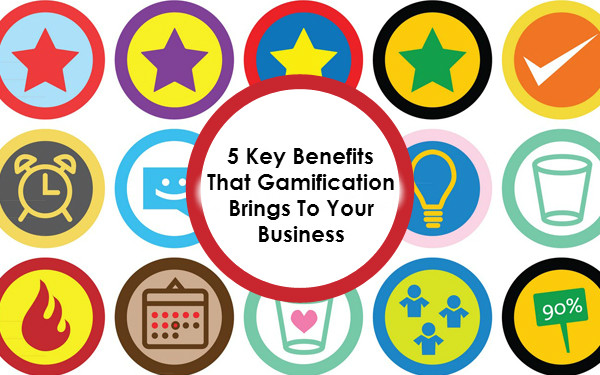 There’s one thing which is troubling the marketers all over the world – over exposure of traditional marketing. Fortunately, marketers have recognized this problem and they are looking at alternate innovative solutions for their marketing requirements. In such a scenario, the concept of Gamification has started creating ripples across the corporate world.
There’s one thing which is troubling the marketers all over the world – over exposure of traditional marketing. Fortunately, marketers have recognized this problem and they are looking at alternate innovative solutions for their marketing requirements. In such a scenario, the concept of Gamification has started creating ripples across the corporate world.
Gamification is an extremely powerful tool if used the right way. A lot of industry giants have attempted and succeeded in executing gamified marketing strategies. Below is a collection of the some of the best cases where brands have used gamification effectively to boost their marketing initiatives.
Campaign: My Coke Rewards
Coca-Cola was awarded ‘The Best Use of Gamification 2014’ for its marketing campaign ‘My Coke Rewards’. It’s a customer loyalty program which runs on the concept of rewarding loyal users of the brand. Customers are encouraged to enter codes found on specially marked Coca-Cola products, on a website where they can convert these codes into redeemable points. These points make the users eligible for a variety of prizes.
Campaign: Happiness Quest
Another example of Coca-Cola’s gamified strategy is its ‘Happiness’ campaign. As a part of this campaign, Coca-Cola personified the activity of using vending machines in Japan. With the help of QR codes, each customer is allotted a single machine referred as ‘My Machine’. Users are awarded points on the basis of the number of check-ins and interactions with the vending machine.
Campaign: Nike Plus
In 2012, Nike launched Nike Plus – an application that allows users to track and share their workout statistics; and earn ‘NikeFuel Points’ in return. NikeFuel is a unique way of measuring all kinds of activities. The campaign has been an instant hit, leading Nike to gain a pre-dominant hold over its market.
Campaign: StarPlayer
Heineken was the official sponsor of the Champions League. It launched a gaming app – StarPlayer to boost user engagement during the match. This app allowed users to share their predictions during critical match moments by downloading the Heineken app. They were awarded points on correct answers.
I guess these are enough to give you an idea about how gamification works. In case you have more such brand cases to share, do respond in the comments box below!








